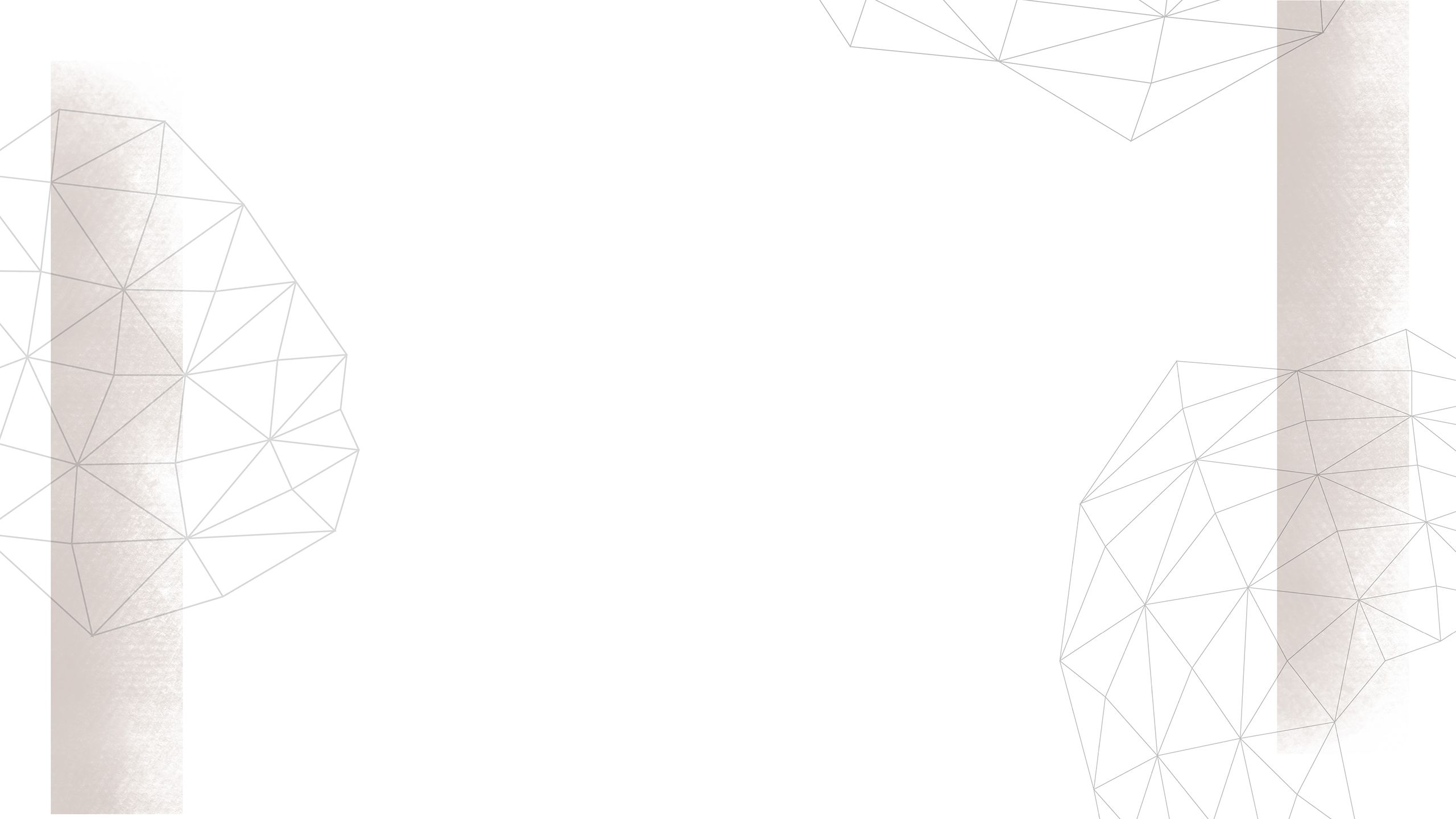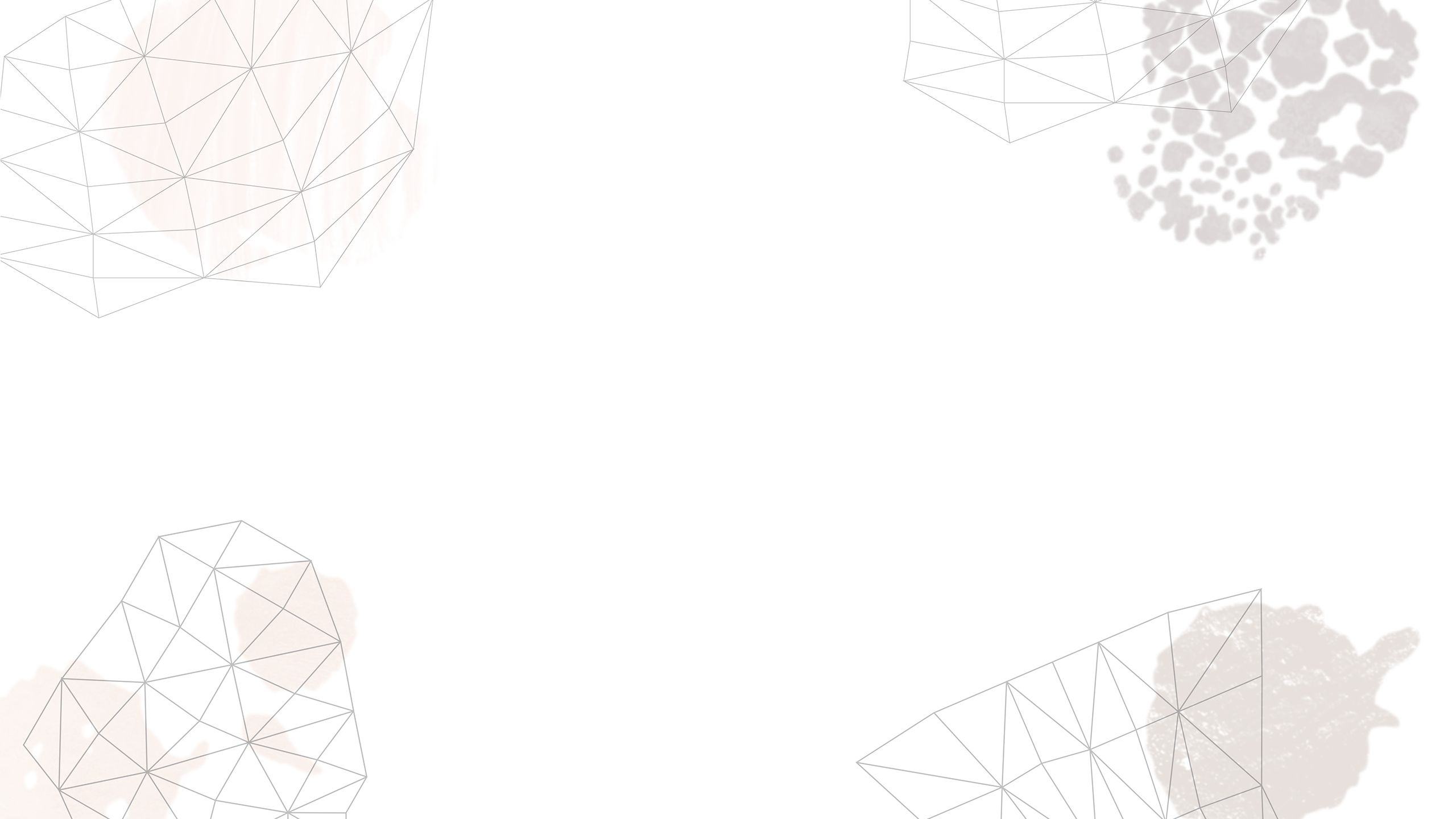I’m Still Me
Caroline Reed

About Caroline
Caroline by Alison Murdoch (oil on canvas) 42 x 59 cm
Caroline by Alison Murdoch (oil on canvas) 42 x 59 cm
I am a Consultant Maxillofacial Prosthetist at Guy’s and St Thomas’ NHS Foundation Trust. I studied art at college and loved painting people, but didn’t know where that was going to take me career-wise.
In my late teens, I was treated for keloid scars on my earlobes and was referred to a clinic, like the one I now manage. I was so excited. It just seemed like an amazing career, using artistic skill with a purpose and to help people.
It came at the right time as I was just finishing college, so I applied to university and started studying a few months later for a degree in dental technology, which led to a professional diploma, and then a Masters degree in Maxillofacial Prosthetics.
Day to day, my work involves many things. As I manage the department and am the clinical lead for the service, there is a lot of management and administrative work involved, but I also have set clinic days where I see patients in clinic and then go to the laboratory to manufacture various types of devices.
I am also undertaking a PhD, so two days a week I am carrying out appearance-related research, which I hope will benefit my patients in the long term.
Caroline’s work

In clinic, a lot of the support we offer is in just being there with patients through this stage of their journey. Listening when needed and providing a prosthesis that can help them with their rehabilitation and future lives.
I have had the pleasure of seeing some of the same patients for a number of years and have seen how they have developed over the course of their treatment.
Some patients choose to only wear a prosthesis for a short time to help them through their initial rehabilitation and feel comfortable with their bodies and appearance again, while some will have a prosthesis for life.
Portrait of David with Digitally Manufactured Facial Prosthesis by Sarah Morley (oil on canvas) 45 x 59 cm. David took part in the IMPRESSeD study.
Portrait of David with Digitally Manufactured Facial Prosthesis by Sarah Morley (oil on canvas) 45 x 59 cm. David took part in the IMPRESSeD study.
With some patients, having a prosthesis allows them to regain their lives after treatment, feel able to return to work or school, engage in social activities or do the small things that we take for granted, like being able to pop to the shop without thinking people will stare at them.
Digital prosthesis manufacturing

Digital technologies have the potential to add a lot of benefits to patient treatment, including different, less invasive ways to take impressions; mirroring anatomy in 3D software, 3D printing prototype designs; 3D printing moulds rather than using plaster, and ultimately 3D printing the final silicone prosthesis.
The facial scanning process
The facial scanning process
We already use a lot of digital technology for surgical planning, working directly on scans of the patients’ bones to plan surgical movements, reconstruction and planning implants to retain facial prostheses.
However, technology is still developing and it may be a little while before we have a consistently reliable method to print facial prostheses directly in silicone.
3D printed prosthesis replicas
3D printed prosthesis replicas
A lot of maxillofacial prosthetic departments around the country, including ours, are driving this forward by increasingly using digital technologies for prosthetic work and being involved in research that promotes this.
The IMPRESSeD study

For the IMPRESSeD study, I was part of the team that designed and manufactured the conventional prostheses for patients and worked on the digitally manufactured prostheses when they were in the wax stage onwards.
I acted as an investigator and, for a period of time, was also the principal investigator at Guy’s and St Thomas’ NHS Foundation Trust. This involved signing off on paperwork and ensuring staff completed documentation for patients.
Research is important to drive the profession forward. By undertaking research, we can develop methods and techniques, in an evidence-based way, to improve patient outcomes and share our findings with a wider audience.
The I’m Still Me project

“The face we present to the world is only part of the story.”
We often make judgements about people based on appearance alone, and individuals with visible facial differences can experience the negative side of this, including staring, comments, and prejudice. It is important to remember that the face we present to the world is only part of the story.
I’m Still Me reflects that there is a person behind the face, with a unique personality, a career, hobbies, family, friends, and someone that experiences the same worries, concerns and joys as everyone else. Most importantly, it shows that there is a life beyond cancer.
I hope that the project helps to raise awareness of head and neck cancer and the impact that it can have on an individual and their family and inspire patients that may be struggling to know that they are not alone.
Portrait of Robin, night by Alison Murdoch (acrylic and oil on canvas) 76 x 102 cm. Robin was a patient and public involvement and engagement contributor for the IMPRESSeD study and co-created I’m Still Me.
Portrait of Robin, night by Alison Murdoch (acrylic and oil on canvas) 76 x 102 cm. Robin was a patient and public involvement and engagement contributor for the IMPRESSeD study and co-created I’m Still Me.
Tell us what you think
We would value your views on the I’m Still Me project.
Please take a few moments to complete our feedback form.




